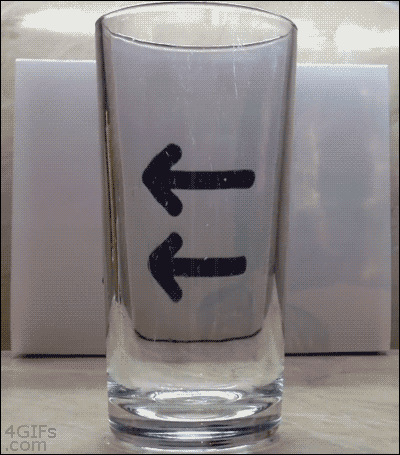"Queering Science for All: Probing Queer Theory in Science Education” by Kristin L. Gunckel
This article needs little introduction beyond the fact that it was an eye-opening read for me—one that inspired much of this topic for my final project for C&T 4032 Gender, Difference and Curriculum taught by Nancy Lesko. The juxtaposition of “queer” and “science” caught my attention and had me thinking for much of the day. There is something really thought-provoking and imaginative about putting a dynamic, fluid, emerging, growing word like “queering” next to a very grounded and settled word like “science.” After reading this article, I revisited previous readings on queer theory (from another course) and read additional articles to get a better sense of the terrain. All of the sources I consulted are listed under “References.”
Article Abstract:
Queer theory is concerned with disrupting binaries, opening space for new identities, and interrupting heteronormativity. In the context of education, queer theory examines both how schools function to make non-heteronormative identities invisible and to disconnect learning and knowledge from pleasure and desire. School science plays a strong role in silencing queer identities and limiting science knowledge and learning. Yet, queering science education supports many of the reform efforts in science education. In the era of Science for All, queering science education is important for making school science accessible for all students and transforming science education for the benefit of all students. This paper explores, through personal vignettes and published literature, how queer theory applies to education in general, and science education in particular.
-Kristin L. Gunckel

